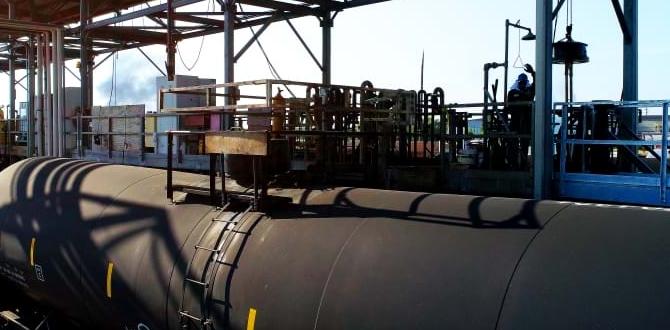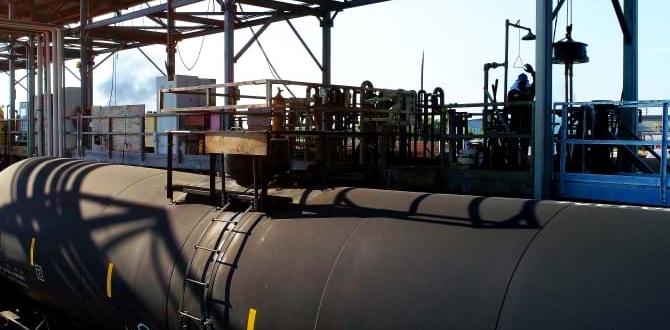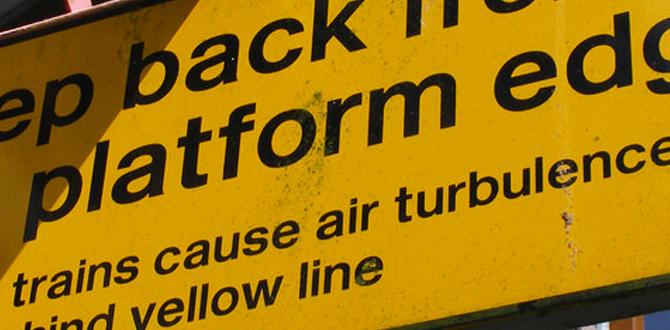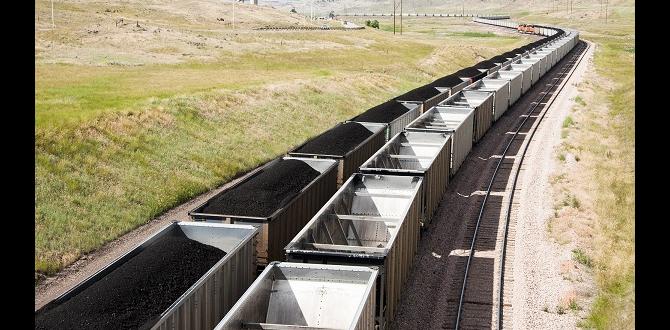As a vital part of the transportation industry, rail cars play a crucial role in moving goods and people across vast distances. To ensure their efficiency and safety, proper cleaning and maintenance are essential. Rail car cleaning involves the removal of various substances, such as chemicals, residues, and debris, that accumulate during transportation. This article explores the importance of rail car cleaning, different cleaning methods, the benefits it brings, equipment used, safety measures, and its environmental impact.
Importance of Rail Car Cleaning

Rail car cleaning is vital for maintaining the integrity of the transportation system. It helps prevent contamination and damage to goods being transported, ensuring the safe delivery of products. Additionally, regular cleaning prevents the accumulation of residue or unwanted substances that could interfere with the functionality of the rail car components. Proper cleaning also promotes a healthier working environment for the employees involved in the rail car operations.
Methods of Rail Car Cleaning

Several methods are used for rail car cleaning, depending on the type of substances and the level of cleaning required. High-pressure washing is commonly used to remove loose debris and contaminants. In more severe cases, chemical solvents or steam cleaning may be employed to remove stubborn stains, grease, or oil. Automated cleaning systems are also available, which use robotic arms and specialized nozzles to clean the interiors of rail cars efficiently.
Benefits of Rail Car Cleaning
Cleaning rail cars offers several benefits, including:
- Improved safety: Regular cleaning reduces the risk of accidents due to compromised rail car components or hazardous substances.
- Optimized efficiency: Clean rail cars operate more efficiently, resulting in smoother transportation processes and reduced downtime.
- Prolonged lifespan: Proper cleaning and maintenance help extend the lifespan of rail cars by preventing corrosive substances from causing premature deterioration.
- Enhanced product quality: Clean rail cars ensure that goods are transported in a pristine environment, minimizing the risk of contamination.
Equipment used for Rail Car Cleaning

Cleaning rail cars involves specialized equipment designed for efficient and thorough cleaning. High-pressure washers with adjustable nozzles and varying water flow rates are commonly used to remove debris. Automated cleaning systems utilize robotic arms, specially formulated cleaning agents, and advanced nozzle systems to reach every corner of the rail car. Additionally, personal protective equipment such as gloves, goggles, and face masks are essential to ensure the safety of the cleaning personnel.
Safety Measures for Rail Car Cleaning

Due to the potentially hazardous nature of the substances being transported or the residues left behind, safety measures are crucial during rail car cleaning. Some safety precautions to consider include:
- Proper ventilation: Adequate ventilation is essential to prevent the buildup of fumes or harmful gases inside the rail car during cleaning.
- Personal protective equipment: Cleaning personnel should wear appropriate protective gear, such as gloves, goggles, and respiratory masks, to minimize exposure to hazardous materials.
- Training and certification: All personnel involved in rail car cleaning should receive proper training on handling cleaning equipment, chemicals, and safety protocols.
- Emergency response preparedness: A well-defined emergency response plan should be in place in case of accidents or spills during cleaning.
Environmental Impact of Rail Car Cleaning

Rail car cleaning, like any cleaning process, can have environmental repercussions if proper measures are not taken. The wastewater generated during the cleaning process may contain pollutants that can harm aquatic systems if not treated or disposed of correctly. To mitigate environmental impact, rail car cleaning facilities should invest in wastewater treatment systems that separate and treat contaminants before releasing the water.
Conclusion
Rail car cleaning is essential for maintaining the efficiency and safety of transportation operations. Through proper cleaning, rail cars can operate at optimum levels, ensuring the delivery of goods in their intended condition. Employing the right cleaning methods, utilizing appropriate equipment, following safety measures, and addressing environmental concerns all contribute to a comprehensive rail car cleaning program.
Frequently Asked Questions
Q: How often should rail cars be cleaned?
A: The frequency of rail car cleaning depends on the nature of the cargo being transported and the level of residue accumulation. It is best to follow the guidelines provided by the relevant authorities and experts in the industry for specific cleaning intervals.
Q: Are there any regulations for rail car cleaning?
A: Yes, there are regulations and guidelines set by governmental bodies and transportation organizations that outline the standards and procedures for rail car cleaning. Compliance with these regulations is essential to ensure the safety and integrity of rail car operations.
Q: Can rail car cleaning be done manually?
A: While manual cleaning methods are still utilized, automated cleaning systems are becoming increasingly popular due to their efficiency, effectiveness, and ability to reach inaccessible areas within the rail cars.
Q: How long does the rail car cleaning process take?
A: The duration of the rail car cleaning process depends on various factors, such as the size of the rail car, the level of cleaning required, and the efficiency of the chosen cleaning method. It can range from a few hours to a full day.
Q: What should be done in case of a spill during rail car cleaning?
A: In the event of a spill, immediate action should be taken to contain the spill and prevent further spread. Trained personnel should follow the emergency response plan, which includes steps for spill containment, cleanup, and proper disposal of the spilled material.